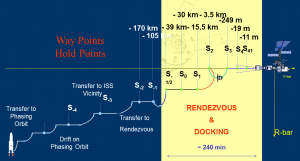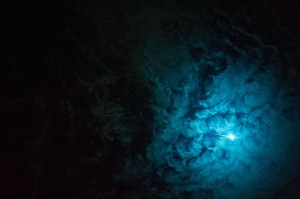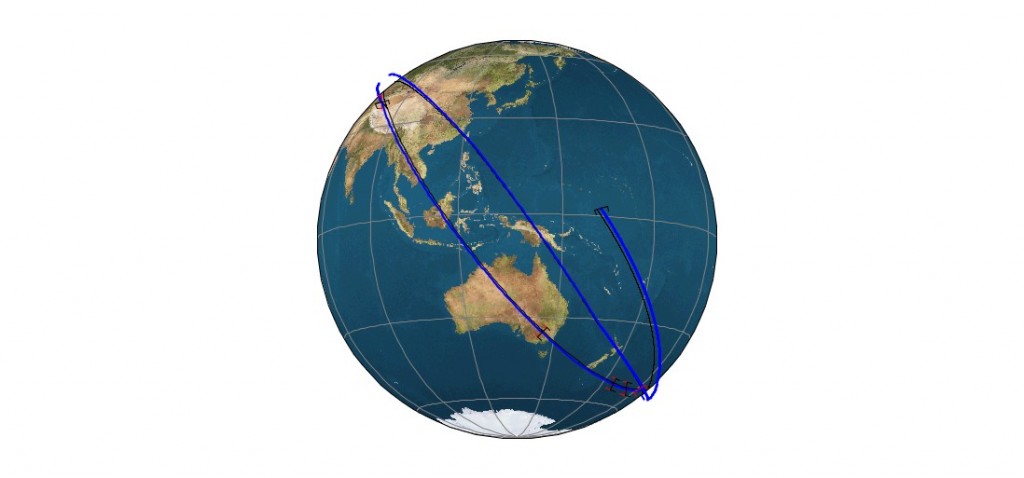I just chatted with ESA’s ATV-4 Mission Manager Alberto Novelli and got an update on tomorrow’s re-entry – specifically the plans to watch Albert Einstein re-enter live from the ISS.
The aim is to line up ATV-4 underneath the ISS to enable a bird’s eye view for the Station cameras, which should deliver the first-ever video* of an ATV re-entry seen from space.
A cool video from our friends at CNES showing ATV undockign and re-entry: Désamarrage et rentrée atmosphérique de l’ATV-4 from CNES on Vimeo
Alberto says that since undocking on 28 October, the mission team at ATV-CC have been pacing ATV-4 through a series of manoeuvres that more or less mimic the manoeuvres used for rendezvous and docking with the actual ISS, which the vessel accomplished back in June.
He says, however, that tomorrow’s ‘rendezvous’ is with a “virtual point in space approximately 100 km beneath the real ISS” (hence our tongue-in-cheek title for this post!), from which ATV-4 will be commanded to perform its two de-orbit burns.
Most of the manoeuvring to get to this virtual point at the right time (around noon tomorrow) has already been done; there remains just a pair of burns to be done this evening and then two overnight to do some fine tuning. If all goes well Albert Einstein will be perfectly lined up for its ‘phantom’ rendezvous tomorrow AM for a spectacular farewell.
The expected trajectory information has already been passed to NASA to be used in pointing the Station video cameras, which also recorded the re-entry of Japan’s HTV vessel, Kunotori 4, in September 2013.
I asked Alberto the reason for trying to view ATV-4’s re-entry.
He explains that the video and image data will be shared widely amongst the science community and used to refine models for re-entry predictions. “The models get better with each new set of data,” he says.
Tomorrow’s Big Dive will differ somewhat from past ATV missions; it’ll be steeper. The two deorbit burns will therefore run a bit longer, 1390 seconds vs. 900 seconds.
You can see the final legs in ATV’s trajectory in the image below, kindly sent in by Irene Huertas, a systems engineer at ESTEC who works on modelling re-entries. Irene wrote: “I attach some pictures of the re-entry, produced with ASTOS. You can see the start of the second boost over Asia (northern China) and ending in Australia.”
Once the second DEO boost is complete, ATV-4’s fate will be sealed, and it’s ultimate safe disposal over the SPOUA – South Pacific Ocean Unpopulated Area – will be unchangeably set into motion.
Note*: Alberto says that during the ATV-1 mission in 2008, there was a Russian IR camera on board the ISS that was used to capture video of re-entry. It doesn’t seem to have worked, however.




 Automated Transfer Vehicle page
Automated Transfer Vehicle page ATV blog archive
ATV blog archive
Discussion: no comments